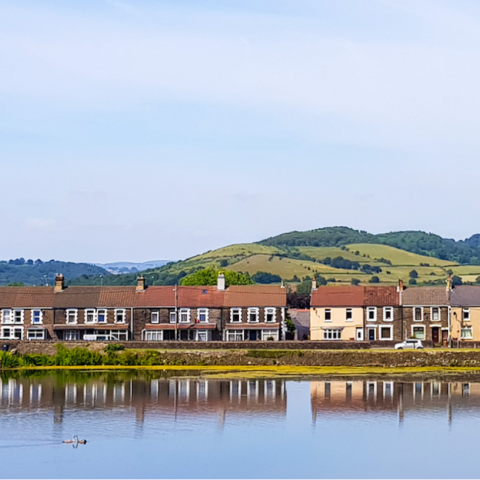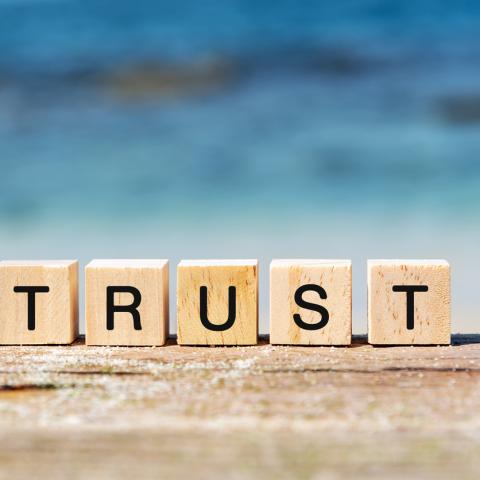Will the climate crisis end the skiing (chalet investment) season?

As the world continues to grapple with the effects of climate change, the real estate industry is also undergoing a transformation to adapt to the changing landscape. Sustainable property investments are becoming increasingly important as investors seek to mitigate the risks posed by climate change and promote a more sustainable future.
This has led to investors considering the location of their properties more carefully due to their exposure to climate risks. Ski chalets, for example, traditionally a popular and lucrative investment option, particularly in well-known ski resorts like Aspen or Chamonix, are now a less reliable and, potentially, risky investment. I was lucky enough to be invited skiing at the end of March to a small valley in Switzerland called La Tzoumaz. Upon arrival I noticed a plethora of identically built ski chalets lining the streets, most of them already deserted by this time of year. There was also a hotel that looked to be mid-construction at the bottom of the slope, which I was told had been halted due to a lack of funding. Could it be that ski chalets themselves are hurtling down the snow-covered mountain of investor interest?
Indeed, investing in ski properties can provide a source of long-term passive income, with the potential for capital appreciation over time. Ski properties are in high demand for both purchasing and renting, making them a reliable investment opportunity. However, the effects of climate change are starting to impact the ski industry, with dwindling levels of snowfall and the need for artificial snow becoming increasingly common. This has led to a decline in the number of visitors to ski resorts and has had a significant impact on the ski chalet market. While some investors remain optimistic about the future of ski chalets, particularly in resorts that are investing in snowmaking technology or have diversified their offerings to include other activities like hiking or mountain biking, others argue that it may be a risky investment in the long run.
The ski industry has always been sensitive to changes in weather patterns, and the ongoing climate crisis has brought increased volatility to the ski chalet market. According to a report by the Natural Resources Defence Council, ski resorts in the United States have seen an average decline of 9% in the length of their winter seasons over the past few decades. This decline is projected to continue, with some experts predicting that many ski resorts could be forced to close entirely within the next few decades. Glaciers are disappearing, leading to severe flooding and erosion in the valley below and a reduction in water supplies for local mountain communities. Resorts are now relying on artificial snow to maintain their slopes, which will raise their water consumption by 79% by 2100, and the cost of operations is increasing as the cannons and ploughs that distribute the snow and groom the pistes run on polluting fossil fuels.
Switzerland is home to some of the world's most beautiful ski resorts, but with receding snow lines and shorter ski seasons, Swiss ski resorts are struggling in their efforts to become more sustainable, eco-friendly, and future proof their skiing infrastructure. Recent data suggests that Swiss glaciers experienced a 6% loss of their remaining volume in 2022, the worst melt year on record, while Zermatt, a year-round ski resort with the highest runs in Europe, had to suspend summer skiing due to daily temperatures exceeding 30°C.
Ski resorts are now diversifying their offerings to remain competitive. Summer attractions such as tobogganing, hiking and mountain biking are transforming resorts into year-round destinations. Many ski lifts also provide access to scenic views and hiking routes, with about 40% of Chamonix's ski lift revenue generated during the summer season. The Alps also offer railway routes through picturesque countryside, with luxury resorts offering five-star hotels, entertainment, and Michelin-starred restaurants. However, these adaptations come at a cost, and it's unclear whether they will be enough to sustain the ski industry in the long term.
In conclusion, sustainable property investments are becoming an increasingly safer bet in the face of climate change. Investors who prioritise sustainability in their investment decisions may be able to mitigate the risks of climate change. Ultimately, the decision of where to invest depends on individual preference and risk tolerance. For example, while the ski chalet market may be more volatile, it could also offer higher potential returns for investors who are willing to take on that risk. But as more investors prioritise sustainability in real estate, so too are governments and policymakers taking steps to enforce high standards in investing. It may be time to leave the slopes behind.








